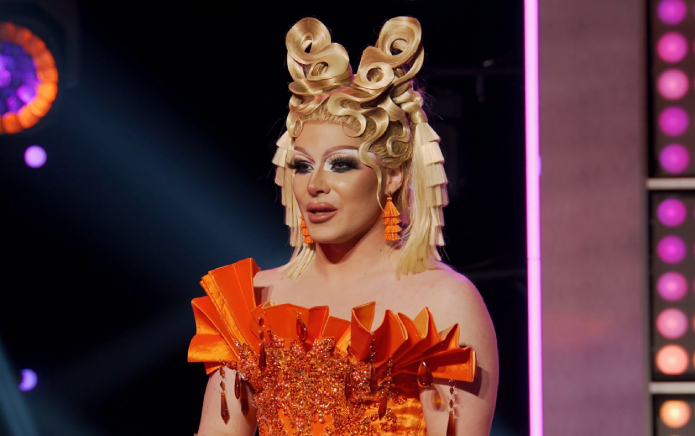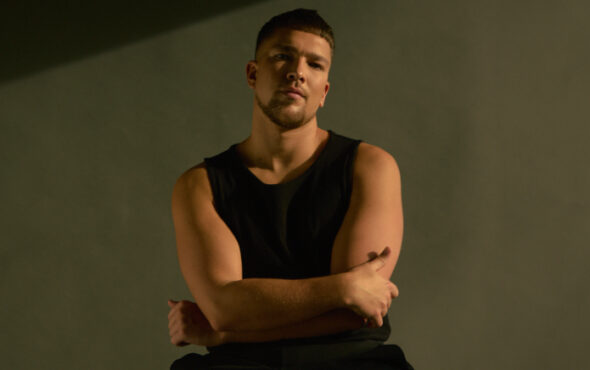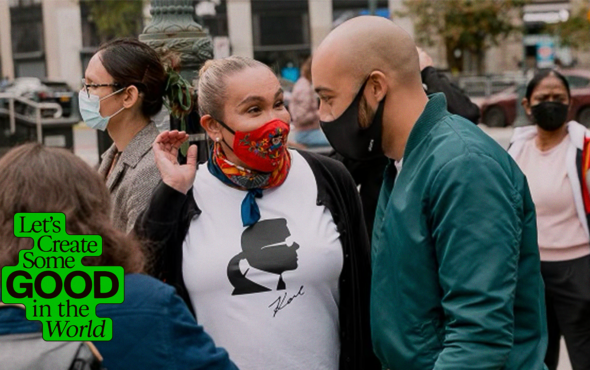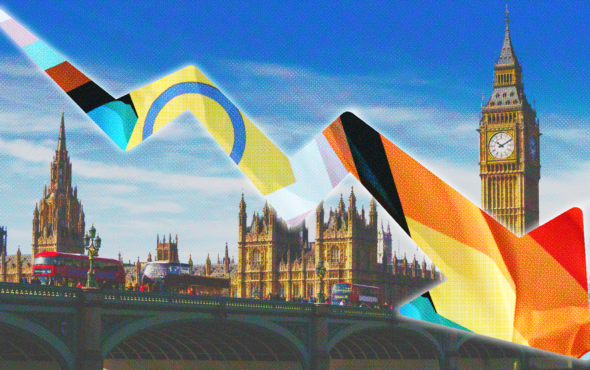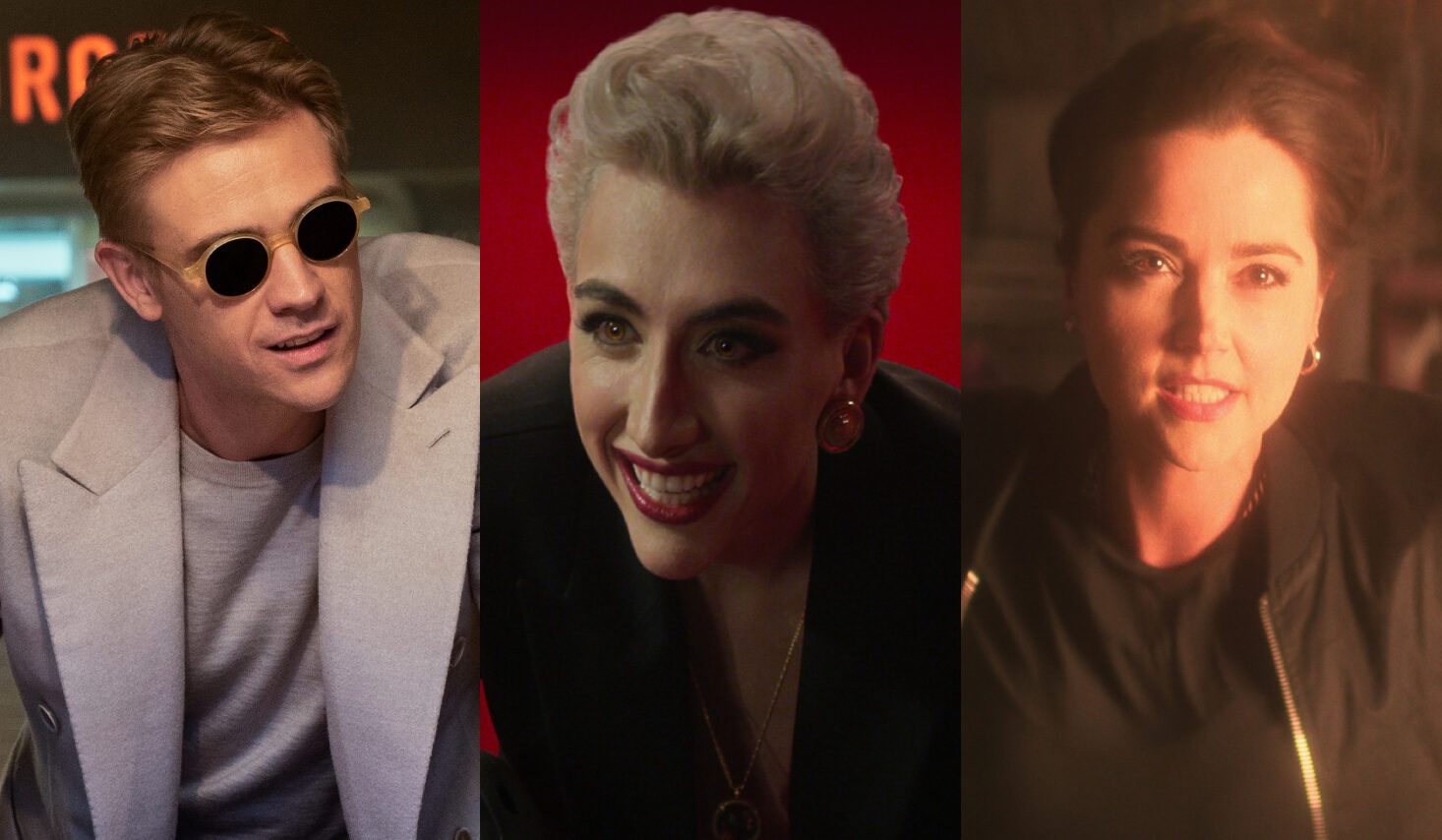
Somehow, one of the most relatable shows of 2022 for the LGBT’s features a crestfallen dream sorcerer with a lovely My Chemical Romance-esque haircut, a dashing (really dashing) serial killer slash literal nightmare with teeth for eyes and a leather-donning devil played by Brienne of Tarth! Wow, plot twist! Based on Neil Gaiman’s beloved comic book of the same name, The Sandman stars Tom Sturridge as the titular character, Dream/Morpheus, who is captured in an occult ritual and imprisoned for 106 years. When he finally escapes, Dream sets out to restore order to his realm, The Dreaming, while facing off against mega-powerful adversaries such as The Corinthian (Boyd Holbrook), an escaped nightmare, and Lucifer Morningstar (Gwendoline Christie), the ruler of hell. (It’s more relatable than Love Island, honestly.) Since its release on Netflix earlier this month, the series has been celebrated by fans of the original comic and new viewers for its faithfulness to the source material, the performances of the main cast, diversity and the surprisingly authentic LGBTQ+ representation. Here, we explain why Netflix’s latest fantasy adventure is one of the most inclusive queer shows of the year so far.
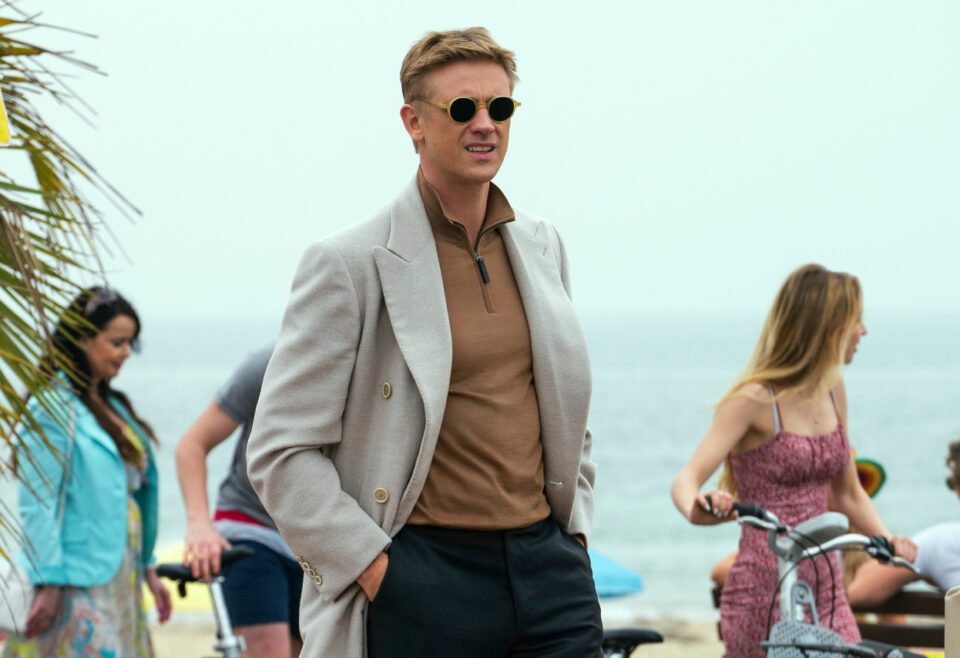
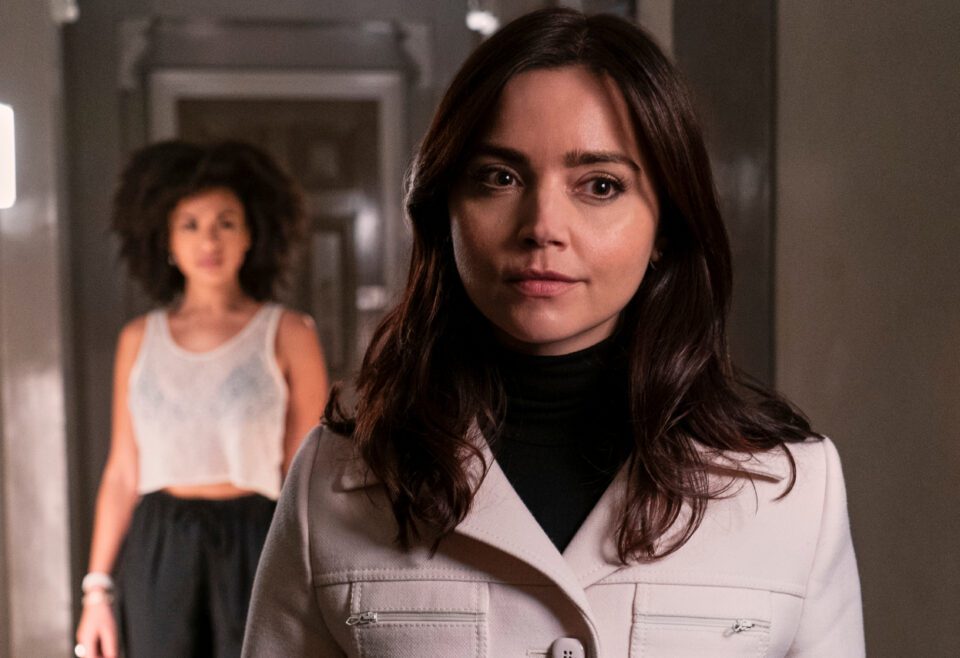
There are various characters across the LGBTQ+ spectrum
Across the first season of The Sandman, viewers are introduced to a plethora of LGBTQ+ characters such as the bisexual supernatural detective Johanna Constantine (Jenna Coleman), Morpheus’ scene-stealing non-binary sibling and personification of Desire, aptly called Desire (Mason Alexander Park), and the man-eating tooth-eyed Corinthian (he’s very dashing, by the way). The series also opens with a same-sex love story between Alex Burgess (Laurie Kynaston), the son of the occult leader who keeps Morpheus hostage, and his partner Paul, who triggers the escape of the sand-wielder. (We were concerned that Alex and Paul would be the sole representatives of the LGBTQ+ community in the series, thankfully, we were wrong.) Episode five, which has been widely acclaimed as one of the best episodes of television this year, boasts several queer romances with people-pleasing waitress Bette Munroe (Emma Duncan) and the lesbian customer Judy Talbot (Daisy Head, Giles from Buffy’s daughter!), as well as the seedy diner chef Marsh Janowski (Stephen Brand) and Garry (James Odom), who’s miserable in his straight marriage and just wants to demolish a super-sized burger and fries (and fuck men in the kitchen). John Cameron Mitchell also stars as a drag queen! The LGBTQ+ spectrum is well and truly represented in The Sandman.
Although the comic book features many LGBTQ+ characters, the modern and nuanced approach to The Sandman’s depiction of queerness came as a huge surprise to viewers and critics. A fan said the series “does more for queer rep than any other show on Netflix” while another tweeted: “When I saw a TikTok saying every character in Sandman is queer I thought they were exaggerating a bit but it really is every one of them huh.” One viewer applauded those behind-the-scenes for not making the queerness a focal aspect of the marketing. “Huge respect to the people behind The Sandman,” they wrote. “Have seen zero promotion with people patting themselves on the back for how queer it is. As opposed to something Disney would do.”
In an interview with The Queer Review, Gaiman addressed the queer elements as he reflected on a “very grumpy letter” from the ‘Concerned Mothers of America’, who criticised the comic for not focusing entirely on the experiences of the straights because, as we know, they are often underrepresented in the media. It’s so very sad. According to Gaiman, the ‘organisation’ (?) informed him that “due to the number of gay characters in The Sandman they would be boycotting us and we had to repent.” Another plot twist!: Gaiman and his team never repented, and the “sales just went up, and up, and up.” The author added: “When I was writing it, and today, I had gay friends, I had trans friends. I wanted to see them represented in the comics that I was writing. And it felt like to me that if I wrote comics and left them out then I would not be representing my world or the world that I was perceiving accurately, bravely or truly and that was the point of art so for me that was a given.”
After the series was criticised by boring viewers about the amount of queer narratives and characters, Gaiman continued to showcase his allyship as he wrote on Twitter: “I give zero fucks about people who don’t understand/haven’t read Sandman whining about a nonbinary Desire or that Death isn’t white enough.” In Neil Gaiman’s name, we stan. Purchase all 75 volumes of the original 1989-1996 comic now! Or else!
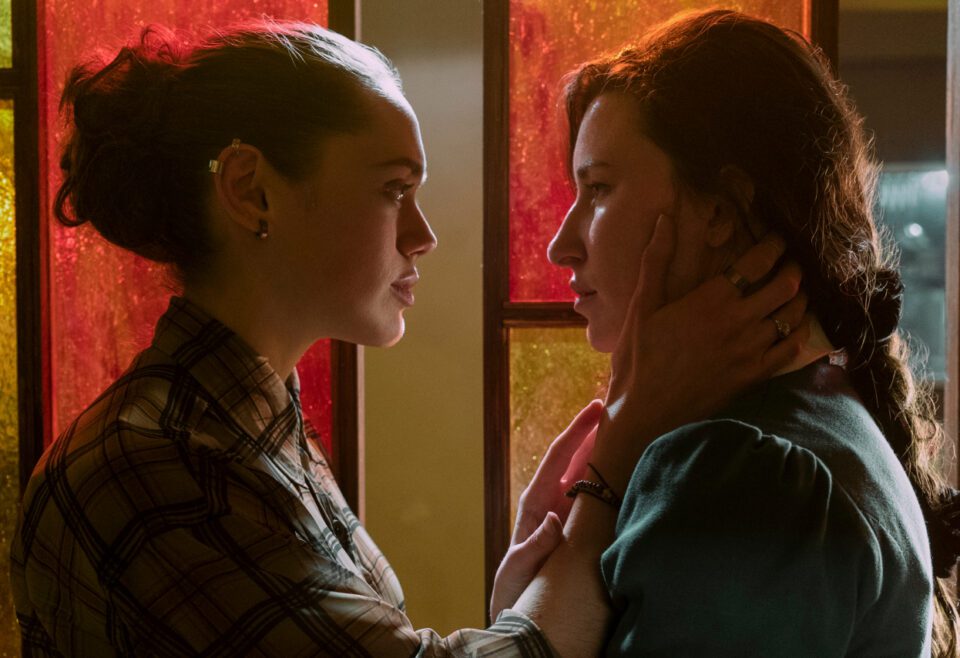
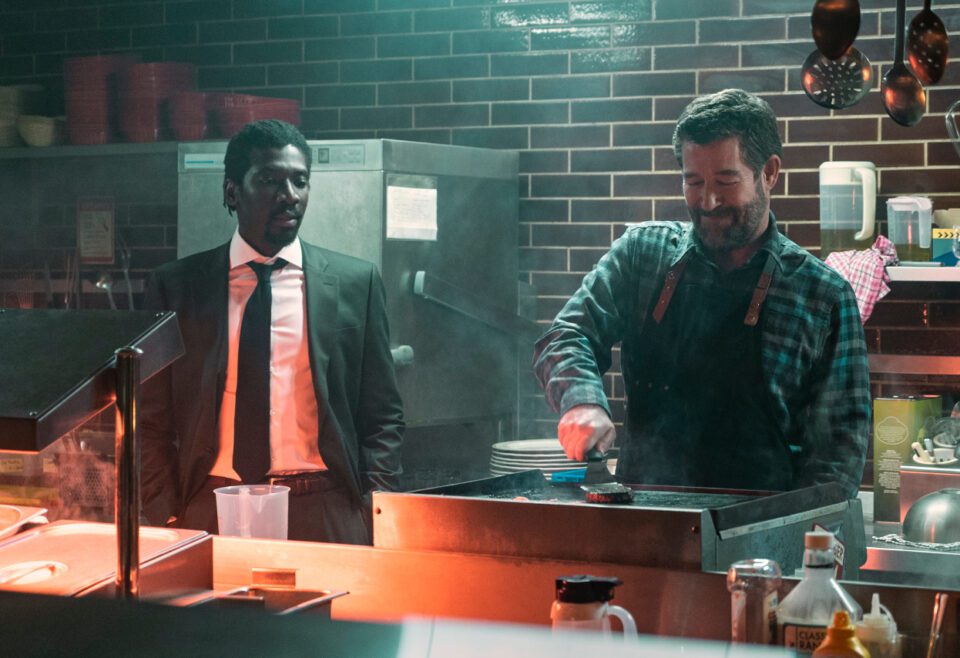
It presents a world where queerness isn’t an issue
Including a host of LGBTQ+ characters is swell, but it doesn’t mean much if the representation is shoddy. Fortunately, The Sandman’s depiction of queerness is very progressive, presenting a world without homophobia, biphobia or transphobia – in similar vein to recent Netflix productions such as the horror romance series The Haunting of Bly Manor and vampire romance First Kill (which was just controversially axed, not over it), as well as Dan Levy’s lauded Canadian comedy Schitt’s Creek. While it’s still necessary to present anti-LGBTQ+ attitudes in mainstream media as an educational tool, of sorts – Pose and It’s A Sin are two recent examples that did this to spectacular effect, with the latter causing a tremendous increase in HIV testing – it’s important for viewers, particularly younger queer viewers who are coming to terms with their sexuality and/or gender identity, to see that they can live and thrive at the same time. And with The Sandman debuting in the number one spot on Netflix in various countries around the world, the series has undoubtedly reached people such as this.
There were low-key elements of homophobia in episode five, however, as Bette – who is well-aware of Judy’s sexuality – tries to find her a romantic match with a man nervously waiting for a job interview in the diner. But, as we saw from the final moments, it was more likely a case of internalised homophobia as the two women proceed to share several passionate kisses under the thrall of David Thewlis’ strangely sympathetic villain John Dee. Despite this one minor incident, The Sandman generally treats queerness as if it’s never been an issue in this particular world. For example, the series includes several scenes with John Cameron Mitchell’s bed and breakfast owner Hal Carter performing as his fabulous drag queen alter-ego Dolly Lamour, which is celebrated by Rose, gloomy twins Chantal (Cara Horgan) and Zelda (Daisy Badger) and hetero couple Barbie (Lily Travers) and Ken (Richard Fleeshman).
The language surrounding Desire and Lucifer was also singled out for praise. In the comics, the former identifies as non-binary – just like the actor, Mason Alexander Park – and is referred to by Morpheus as his “sibling”, while he refers to his other siblings as “brother” or “sister”. Using preferred gender language isn’t hard, people! While the gender identity of Lucifer hasn’t been confirmed in the series, the Gwendoline Christie character is presented as genderless. They are never referred to with gender-specific pronouns, only their name or other wicked, honorific titles. The lack of hoo-hah around sexuality and gender identity in The Sandman makes total sense, really. This is a series with various mythical creatures – why on earth would they be concerned with gender, a social construct, and who’s fucking who?
On Twitter, one viewer extended their gratitude to Gaiman for the “non stereotypical forms of queerness and normalised sexualities/expressing sexuality in The Sandman,” describing it as “thrilling and amazing” for them to watch as a queer person. Another fan said the representation is akin to “how straight people are written in pop media,” lauding the writers for depicting queer people with “personalities beyond their sexuality”. “They can be good, they can be evil,” they wrote. “But more importantly, they are human.” Despite one reader opining that “certain aspects” of the original comic have not “aged well”, they commended the author for shedding light on various LGBTQ+ topics such as “AIDS or trans rights and to humanise queer people.”
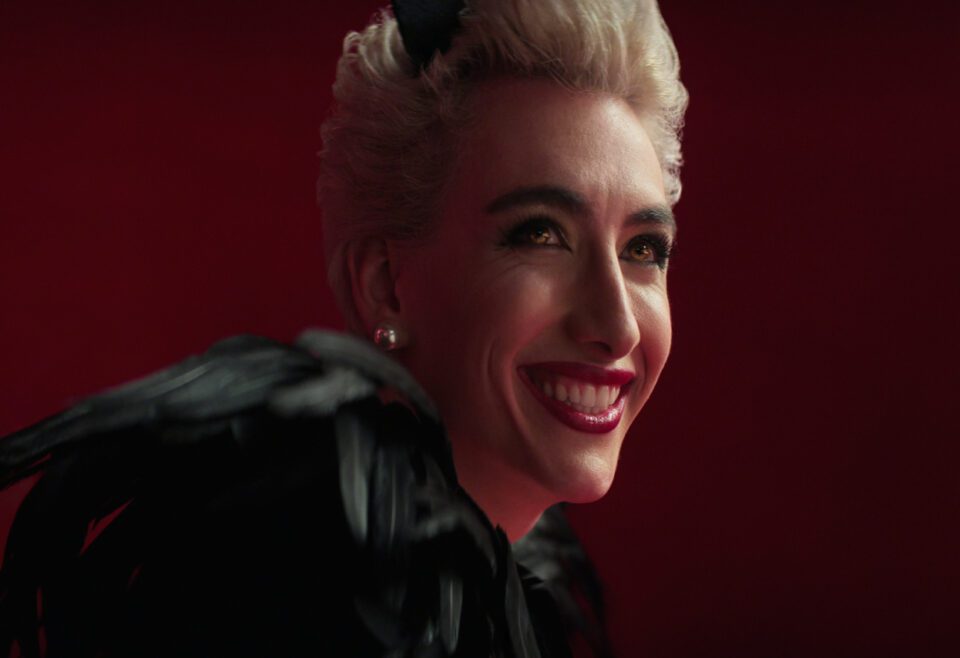
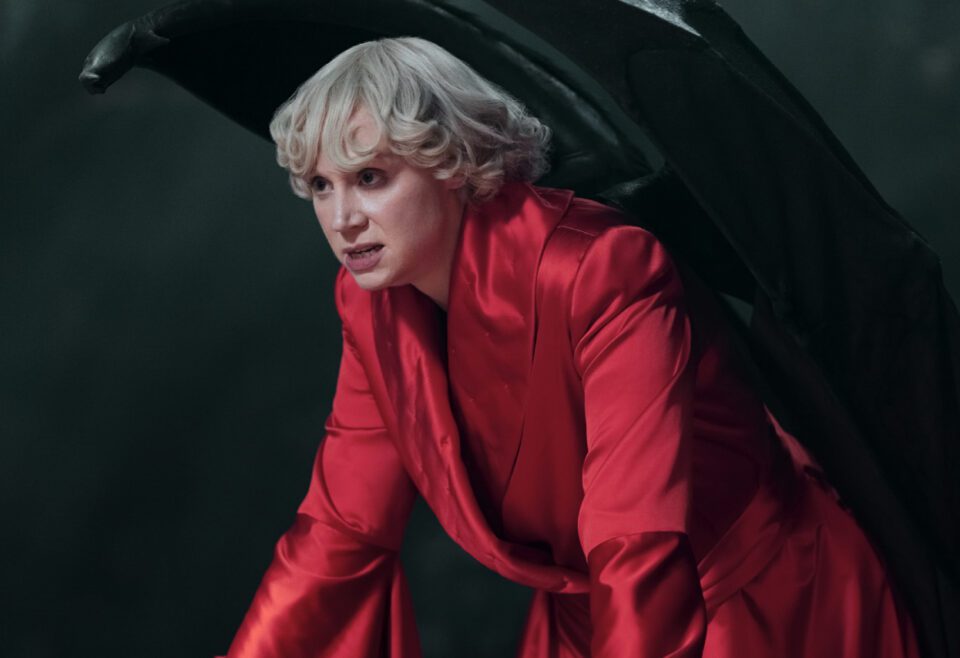
Expectations are subverted
As well as erasing anti-LGBTQ+ attitudes from the narrative, which is still a subversion in itself, the series completely smashes stereotypes of the queer villain. The Corinthian fails to conform to harmful long-running tropes such as the “Sissy Villain” and the “Depraved Homosexual”, where evil characters are defined by their flamboyance and femininity – insinuating that queerness is inherently bad and directly responsible for their nefarious acts in the process. The Corinthian, on the other hand, is a mysterious, masculine fellow and his sexuality isn’t directly linked to his murders, which are, admittedly, primarily queer men. In one scene, however, The Corinthian has sex with Rose’s flatmate and, to this writer’s surprise, leaves him unharmed (although his ego slightly bruised). With the ‘Bury Your Gays’ trope alive and well (still raging over Killing Eve), viewers expected Rose’s friend to befall a similar fate to his other victims – without eyes and, well, dead. This one small moment showed that, in contrast to other villains who have conformed to the aforementioned tropes, The Corinthian actually boasts humanity and simply wants to boink like the rest of us; eating eyes and looking suave isn’t his main characteristic. Speaking with Pride, Holbrook said of the character: “I felt like he was an outsider, something that I definitely can relate to. I’m sure many people can relate to a person that just wants to belong.”
With the ending of The Sandman leaving so much to be desired, and the show debuting in in the top spot on Netflix, it’s generally expected that the series will be greenlit for a second run (this is Netflix, though, so who bloody knows?). Only the first two volumes were covered in the first season, meaning there’s a plethora of queer narratives and characters that are yet to be introduced. Hopefully, the queer rep in season two (we are manifesting!) will be as groundbreaking as the first. Maybe Morpheus’ potential fruitiness will be explored further? (You can’t convince us that he and Hob are not in love, you just can’t!). In Neil Gaiman, we trust.
The first season of The Sandman is now available to stream worldwide on Netflix.
